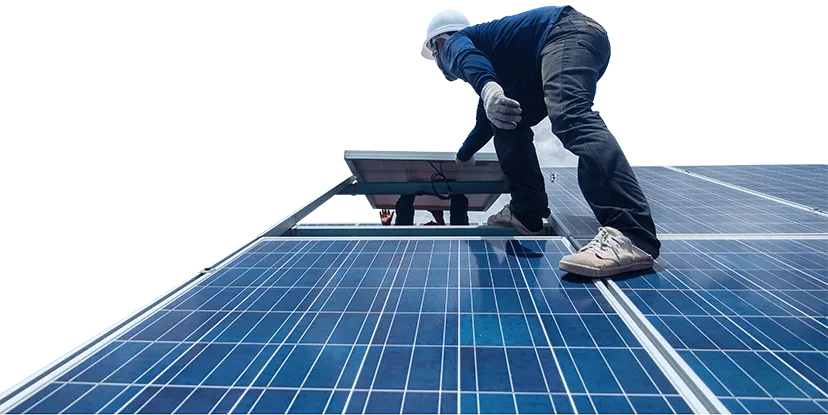Energy Audits and Efficiency Upgrades
Energy audits and efficiency upgrades are key components of improving energy usage, reducing waste, and enhancing sustainability in both residential and commercial settings. These practices are vital for lowering energy costs, reducing carbon footprints, and improving the overall energy performance of buildings and systems.
- Energy Audits
An energy audit is a comprehensive assessment of how energy is used in a building or facility. The purpose is to identify areas where energy is being wasted and recommend solutions to improve energy efficiency. Energy audits can be performed by professional energy auditors or specialized firms, and they often follow a structured process.
Types of Energy Audits
Walk-through Audit: This is a basic audit where an auditor inspects the building to identify obvious inefficiencies (such as air leaks, poor insulation, or inefficient lighting) and provides general recommendations.
Standard or Level 1 Audit: In this more detailed audit, energy consumption data is reviewed, and some measurements may be taken to understand energy use patterns. It typically involves checking systems like HVAC, lighting, insulation, and appliances.
Comprehensive or Level 2 Audit: This in-depth audit involves detailed analysis of energy usage, equipment testing, and the implementation of more sophisticated tools and methods (e.g., thermographic imaging, airflow measurements) to identify inefficiencies.
Advanced or Level 3 Audit: This is a highly detailed audit often used for large commercial, industrial, or institutional buildings. It includes in-depth analysis, simulations, and modeling of energy consumption and recommendations for large-scale system changes.
Energy Audit Process
- Initial Assessment: The auditor reviews the building’s energy bills to understand the energy usage patterns. This includes understanding peak demand times and seasonal variations.
- Inspection and Data Collection: The auditor conducts a physical inspection of the building, examining equipment such as heating, ventilation, and air conditioning (HVAC) systems, insulation, windows, lighting, appliances, and other energy-consuming components.
- Energy Use Monitoring: The auditor may install energy meters or monitoring devices temporarily to measure energy use and identify inefficiencies.
- Analysis: The collected data is analyzed to determine where energy is being wasted. The audit may involve identifying faulty equipment, improper insulation, or inefficient systems.
- Report and Recommendations: The auditor prepares a report with recommendations for improving energy efficiency. These could range from low-cost fixes, such as changing light bulbs or sealing leaks, to larger investments like upgrading HVAC systems or installing renewable energy sources.
Benefits of Energy Audits
Cost Savings: By identifying energy inefficiencies, businesses and homeowners can reduce energy consumption, leading to lower energy bills.
Improved Comfort: Upgrades based on the audit can result in a more comfortable indoor environment (better temperature regulation, air quality, etc.).
on behalf of our clients every day, we anticipate what they want, ineed and build lasting relationships.



